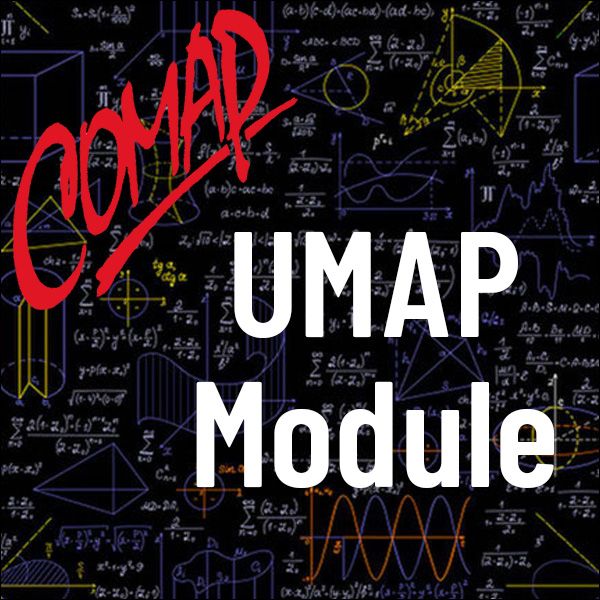Randomization Tests (UMAP)
Author: Eugene S. Edgington
In this module the data are permuted (divided or rearranged) repeatedly, in a manner consistent with the nature of the random assignment procedure, and a test statistic is computed for each data permutation. The statistical significance associated with the test statistic for the experimental results is the proportion of the test statistic values that are as large as the value for the experimental results. The randomization test procedure is illustrated by applying it to the independent t test, and product-moment correlation.
TABLE OF CONTENTS:
1. INTRODUCTION
2. INDEPENDENT t TEST EXAMPLE
3. THE NUMBER OF DATA PERMUTATIONS FOR AN INDEPENDENT t TEST
4. THE ABSOLUTE DIFFERENCE BETWEEN MEANS AS A TEST STATISTIC
5. CORRELATED t TEST
6. THE NUMBER OF DATA PERMUTATIONS FOR A CORRELATED t TEST
7. THE ABSOLUTE DIFFERENCE BETWEEN MEANS AS A TEST STATISTIC
8. CORRELATION EXAMPLE --- SINGLE SUBJECT
9. THE NUMBER OF DATA PERMUTATIONS FOR PRODUCT-MOMENT CORRELATION
10. ?XY AS A TEST STATISTIC
11. RANDOM DATA PERMUTATION
12. REFERENCES
13. ANSWERS TO THE EXERCISES
APPENDIX A: PROOFS OF THE EQUIVALENCE OF |t| AND |X - Y|
APPENDIX B: PROOF OF THE EQUIVALENCE OF r AND ?XY

Mathematics Topics:
Application Areas:
Prerequisites:
You must have a Full Membership to download this resource.
If you're already a member, login here.